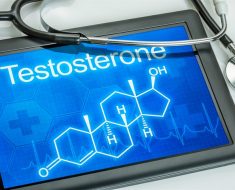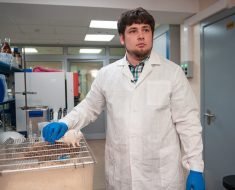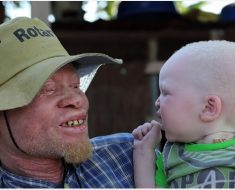Ricky Reyes had just begun a high-intensity exercise program to get in better shape. But instead of feeling energized, the workouts left him exhausted and with spasms in his back, arms and jaw.
His fitness trainer had previously told him his body was still adapting to the workouts. His doctor at the time had said the issues were related to dehydration. But a few weeks later, he could no longer lift one of his arms and he felt overwhelming back pain.
He took an Uber ride to the emergency room, where doctors uncovered the truth. Reyes, just 34 at the time, was having a minor heart attack. A subsequent heart catheterization for a deeper look at his heart discovered an even bigger problem that made doctors wonder how he was even alive.
“The doctor said, ‘I don’t know how old you are now, but your heart and arteries look like an 80-year-old man’s,’ ” Reyes recalled.
To save Reyes, doctors performed quadruple bypass surgery. Bypass surgery is a common procedure after a heart attack.
“I’ll never forget that day,” said his wife, Melissa. “Basically it sounded like he was going to die. The doctor said it was just so bad. He almost said directly he might have 10 to 15 years.”
At the time, Reyes didn’t know he was genetically predisposed to heart disease. He has since learned that heart attacks killed relatives on both sides of his family. Although his dad had heart stents, Reyes thought he was too young to worry about that.
Now 37, Reyes is taking action.
The 5-foot-7, 230-pound Reyes has lost 20 pounds since his heart attack in December 2016. He exercises regularly, takes medications prescribed by his cardiologist, and tries to stand more at his job as a bank vice president in Long Beach, Calif.
Reyes, who is now a father, likes to show others that heart disease isn’t just for older people. He volunteers with the American Heart Association and has even modeled with his daughter, Indigo, during a fashion show fundraiser.
Source: Read Full Article





